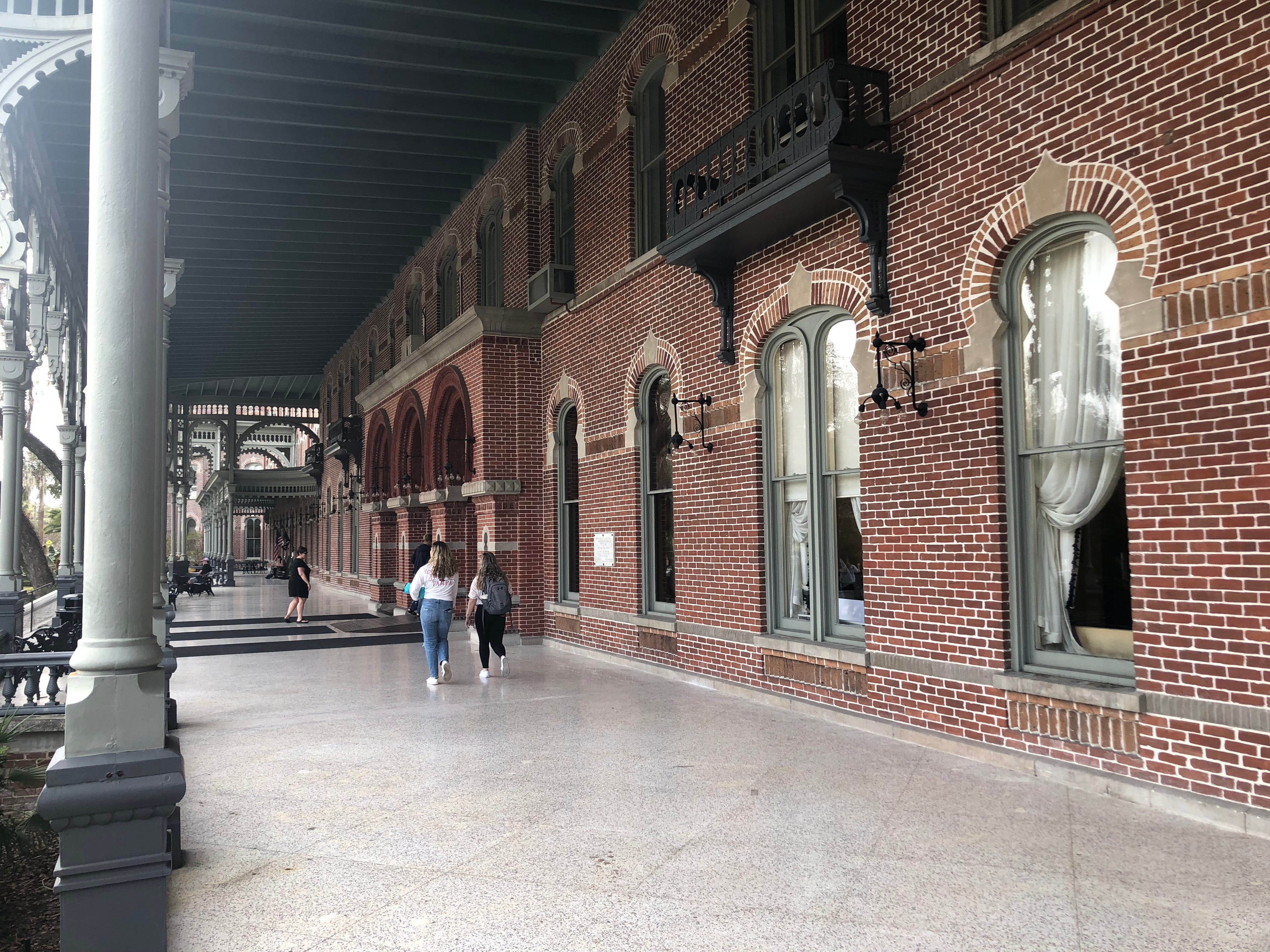Amid the anti-tourism trend, here are 6 destinations that desperately want you to pay them a visit
Exclusive: Almost every destination wants more tourists, not fewer
The list of locations fed up with overtourism seems to grow every day.
- Barcelona: tourists are berated and squirted with water
- Palma: “tourism = terrorism” graffiti plastered on a wall
- Amsterdam: British stag and hen parties are not welcome
- Venice: tourist “congestion charge” levied on the busiest days of the spring and summer
- Dubrovnik: clamping down on the number of cruise ships and the timings of visits to the Old Town
Even distant Juneau, state capital of Alaska, will soon hold a vote on whether to introduce “ship-free Saturdays” to reduce the impact of cruise passengers.
Yet the vast majority of destinations are desperate for more tourists, not fewer.

Inbound tourism is the closest that any nation, resort, county or city, can get to free money. Visitors bring highly desirable social and economic benefits.
They foster enterprise and create jobs, as well as boosting local amenities to a level that could not be sustained by the resident population alone.
“Soft” benefits include instilling pride in the community and improving human-to-human understanding.
Most places would love to have the “problem” of overtourism. They share the same challenges. How to:
- Attract more tourists, preferably of the high-spending variety
- Lure people during off-peak times, stretching the season
- Persuade visitors to stay longer
Some are trying harder than others, and I have picked locations around the world that are likely to prove particularly welcoming.
Read more on travel:
Albania

“Our slogan is ‘Albania – all you need is here’,” says the tourism minister, Mirela Kumbaro.
Her aim is to make her nation “the champion of tourism in the region by 2030”. The aim is to reach an annual visitor figure five times higher than the 2.8 million population.
Albania has doubled the capacity of Tirana airport and is building a second airport in the south of the country that will be devoted to tourists.
Ms Kumbaro promises: “You can make a lot of friends. Friendship is part of our touristic offer. Hospitality is the main characteristic of Albania.”
I have been visiting this wild and wonderful Adriatic nation since the 1980s – when it was the most hardline of communist nations in Europe (and a partner of China rather than the Soviet Union). Since the collapse of Enver Hoxha’s dictatorship, the country has become far easier to reach and even more intriguing.
This summer Albania is more accessible at lower prices than ever from the UK. Tirana, the capital is good fun for a couple of days, with some interesting museums devoted to the dark days of state communism.
Inland, Albania shares with North Macedonia the beautiful Lake Ohrid – also known as “Lake Como on the cheap”. Albania is certainly affordable.
On the coast, the main resort – and the one recommended for its proximity to Tirana – is Durres. It has an appealing beach and some great places to eat and drink.
Cuba

In the early 1990s, Cuba’s ideological soul-mate and financial backer, the USSR, collapsed. Fidel Castro took the remarkable step of declaring in 1994: “Only tourism can save Cuba.” With red tape eased and cheap Caribbean sun on offer, international visitors flooded in.
Tens of thousands of British package holidaymakers arrived each year. But our love affair with the Caribbean’s biggest and most enticing island faded, and the last Tui charter flight from Manchester to the main resort, Varadero, departed in April.
This month the current Cuban president, Miguel Díaz-Canel, reiterated the desire for tourists – who, he said, would appreciate “the comfort of our hotels, the beauty of our beaches and landscapes, and the security visitors and citizens enjoy, among other attractions”.
The main attraction is the faded glory of Havana, its citizens, their music and a repertoire of architecture from Spanish colonial to early 20th-century ostentation.
To sample more of Cuba, at a more relaxed pace, head east to the city of Matanzas – on an attractive bay about 20 miles west of Varadero. It is known, ambitiously, as the “Athens of Cuba,” and does have some attractive buildings on the main square.
Cuba’s top resort, Varadero occupies a beautiful, 12-mile peninsula with a picture-postcard-perfect strip of beach.
Florida

Unlike the Communist island just 90 miles off its shores, the Sunshine State is not exactly having an undertourism crisis. Overall, Florida attracted fractionally more international visitors in 2023 than in the pre-pandemic year of 2019, but UK numbers were down 14 per cent.
“We continue to invest in the UK market, which is second only to Canada for us,” said Florida’s vice-president of marketing, Brett Laiken in May. He promised an increase in “consumer activity to create that demand”.
US domestic tourists traditionally stay away during July and August, with the vacuum partially filled by the 21st-century equivalent of Kipling’s “mad dogs and Englishmen”.
To avoid too many compatriots, British visitors might want to venture beyond the theme parks of Orlando and the hotels of Miami Beach. Tampa and St Petersburg make a great twin-city combination, while the Florida panhandle – the thin strip of territory to the northwest – feels like another world entirely.
Morocco

The North African kingdom wants to double annual international tourism numbers to 26 million by 2030 – the year in which it will co-host the football World Cup alongside Portugal and Spain.
As part of this programme, the government has opened its skies – with ferocious competition between easyJet, Jet2 and Ryanair from the UK. Manchester-Tangier on Ryanair is one of the latest new routes. “Morocco is nearer than the Canaries,” says Eddie Wilson, chief executive of Ryanair DAC. “There’s everything from beaches to a sense of mystery.”
Marrakech is the main tourist draw. The vast open square, Djemaa el Fna, is the hub of the city, populated by makeshift cafes serving food cooked over red-hot charcoal. The centuries-old medina, with its maze of alleys and mass of vendors, is the main attraction. I recommend the lovely Jardin Majorelle: founded by Yves Saint-Laurent and containing the Museum of Islamic Art. But don’t overlook Casablanca, the lively commercial hub; the elegant capital, Rabat; and Fez, which has the most atmospheric medina in the nation – rightly Unesco-listed.
Beyond the cities, the Atlantic coast has notable resorts in Agadir and Essaouira – the latter is more relaxed and colourful. Inland, the Atlas Mountains are magnificent hiking territory while the desert is accessible too.
Northern Ireland
“For a long time, Northern Ireland was not viewed as an attractive tourism destination due to our recent troubled past,” the NI Department of the Economy says.
It now has a plan for the next 10 years: “To increase the value of tourism to the Northern Ireland economy by 50-75 per cent compared to 2019.”
One component of that ambition: keeping costs for visitors down by subsidising travel costs. Visitors from Great Britain who fly in to City of Derry airport in the northwest on new easyJet links from Edinburgh and Liverpool will enjoy the use of a small, friendly airport propped up at a rate of £6,000 per day by public money.

Derry/Londonderry is the most compelling destination in Northern Ireland: at its heart, a walled city on a hillside, with spectacular landscapes (and seascapes) beyond – and many stories to be told, ideally by a local guide.
Northern Ireland’s capital hosts the highly successful Titanic Belfast attraction, the encyclopaedic Ulster Museum and the vivid reflection of recent events in the “Peace Wall”. Among the many possible side-trips, I particularly recommend the train to the pretty port of Bangor.
Saudi Arabia

“We win people’s hearts and minds by opening our doors to the world through a tourism sector where life-changing stories happen every day” – that is the aim of the Saudi tourism ministry.
Suppose nations were judged on the scale of their presence at international travel industry events such as the World Travel Market in London and ITB Berlin. The kingdom of Saudi Arabia would have gone from last place two decades ago (when its presence, I recall, comprised one man and a desk) to first, with an enormous, shiny and heavily populated pavilion with a footprint that seems bigger than Rutland.
The man with a plan is Crown Prince Mohammed bin Salman. The Saudi ruler plans to attract 150 million tourists by 2030. Complicated visa rules have been ditched, and women under 40 are no longer required to travel with either a husband or a brother.
A new airline, Riyadh Air, has been set up to help fly in visitors. Key attractions include the desert oasis of AlUla, the coastal city of Jeddah and the capital region – including the national museum and the “reimagined” Diriyah Gate area, another Unesco world heritage site. On the horizon: Red Sea resorts to match those in Egypt, and a new Saudi-owned cruise line, Aroya.
Yet many people are deterred by Saudi Arabia’s record on human rights and its treatment of women and gay people. “Same-sex relations are illegal,” the Foreign Office warns. Its counterpart, the US State Department, says: “Reconsider travel to Saudi Arabia due to the threat of missile and drone attacks. Exercise increased caution in Saudi Arabia due to terrorism, the risk of arrest based on social media activity, and importation of prohibited items.”
Some international travellers also enjoy a drink while on holiday. Visit Saudi warns: “The sale, purchase, and consumption of alcohol and drugs is illegal in Saudi Arabia.”
Read more: The best lesser-known European beach destinations for sun without the crowds
Join our commenting forum
Join thought-provoking conversations, follow other Independent readers and see their replies
Comments
Bookmark popover
Removed from bookmarks